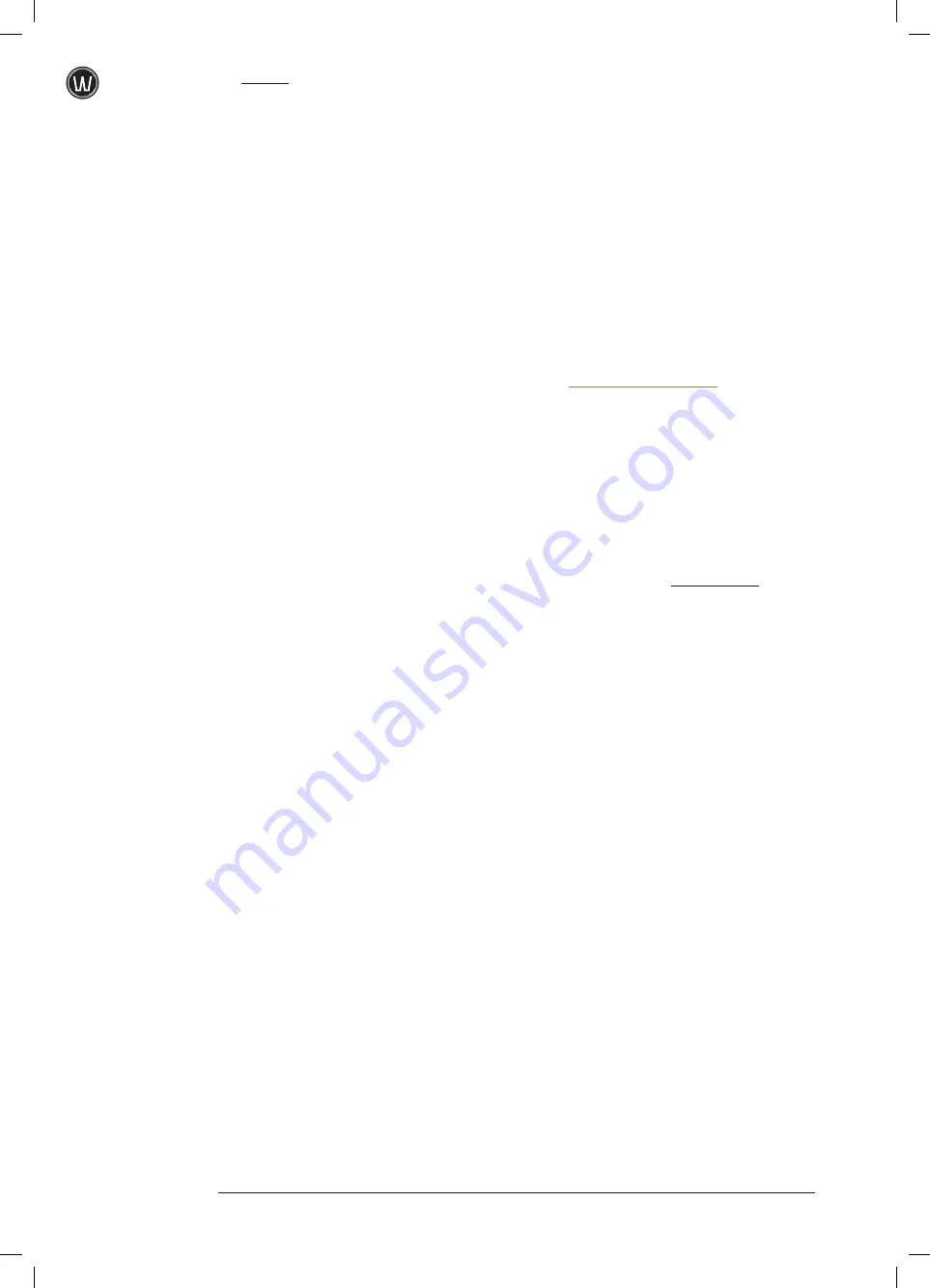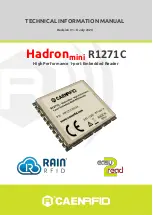
6
USER GUIDE
MIX
The mixing step combines all ingredients for your brew
together into the BrewKeg10
TM
. Fermentation commences
once the base ingredients are mixed in, the BrewKeg25
TM
is sealed, and the wort (ingredients and water) have been
introduced to the yeast. For specific details on how to
create advanced recipes, steep hops or grain, add fruit to
ciders, and more please refer to the Video Resources on
the WilliamsWarn website.
01.
Boil 2L (0.5 gal.) of water.
02.
Fill sediment bottle two-thirds full (500ml or
17
US fl. oz.) with warm and cold tap water.
Aim for 25ºC (77ºF), 20-30ºC (68ºF-86ºF) is
acceptable. Do not allow temperature to be
above 40ºC (104ºF) or you may kill the yeast.
03.
Rehydrate the yeast:
A.
Open the yeast sachet and tip contents into
the sediment bottle.
B.
Swirl around gently for 30 seconds. Place
sediment bottle on the bench.
04.
Ensure Bottom Valve on BrewKeg10
TM
is closed.
05.
For WilliamsWarn Cider brews:
A.
Open the cider pouch with scissors.
B.
Empty contents into BrewKeg10
TM
.
C.
Add 1L (1 qt.) of boiling water.
D.
Add any other extra ingredients (fruit syrups
etc. as per recipe).
E.
Top with cold water to 10L (2.64 gal.) mark.
NOTE: You are aiming for 25ºC-30ºC
(77ºF-86ºF) and no higher than 40ºC (104ºF).
F.
Stir well.
06.
For WilliamsWarn Beer Kits:
A.
If you are steeping hops, put some of the
boiled water aside for steeping your hops so
that it can cool to 80ºC (176ºF) and re-boil
the jug. Information regarding steeping hops
can be found in the Video Resources on the
WilliamsWarn website.
B.
Ensure valve is closed then pour 1L (1 qt.)
of boiling water into the Brew-Keg10
TM
to commence the mixing process.
C.
Open the can of liquid malt extract (LME) and
tip contents directly into the BrewKeg10
TM
(warming the can in hot water will make
the malt less viscous for a better pour). Fill
the emptied LME can half way with boiling
water, stir and tip into BrewKeg10
TM
to get all
remaining malt from can.
D.
Stir well with spatula to dissolve malt
especially around the bottom of the cone.
Malt will dissolve to a liquid.
E.
Add cold water to approximately halfway full.
You are aiming for approximately 40ºC (104ºF)
(
±
10º
C) (
±
18º
F) as an optimal temperature to
mix dry malt ingredients.
F.
Add the 645g (1.42lb) bag of dry malt extract
(DME) to the BrewKeg10
TM
and stir to break
down the lumps. Some lumps may remain and
that is okay, they will break down naturally.
G.
Add any extra ingredients (e.g. hop tea via
strainer or additional malts).
Summary of Contents for BrewKeg10
Page 2: ...VERSION 01...
Page 17: ...1 1 BREWING INSTRUCTIONS NOTES...
Page 18: ...1 1 USER GUIDE NOTES...
Page 19: ...1 1 BREWING INSTRUCTIONS NOTES...
Page 20: ......






































